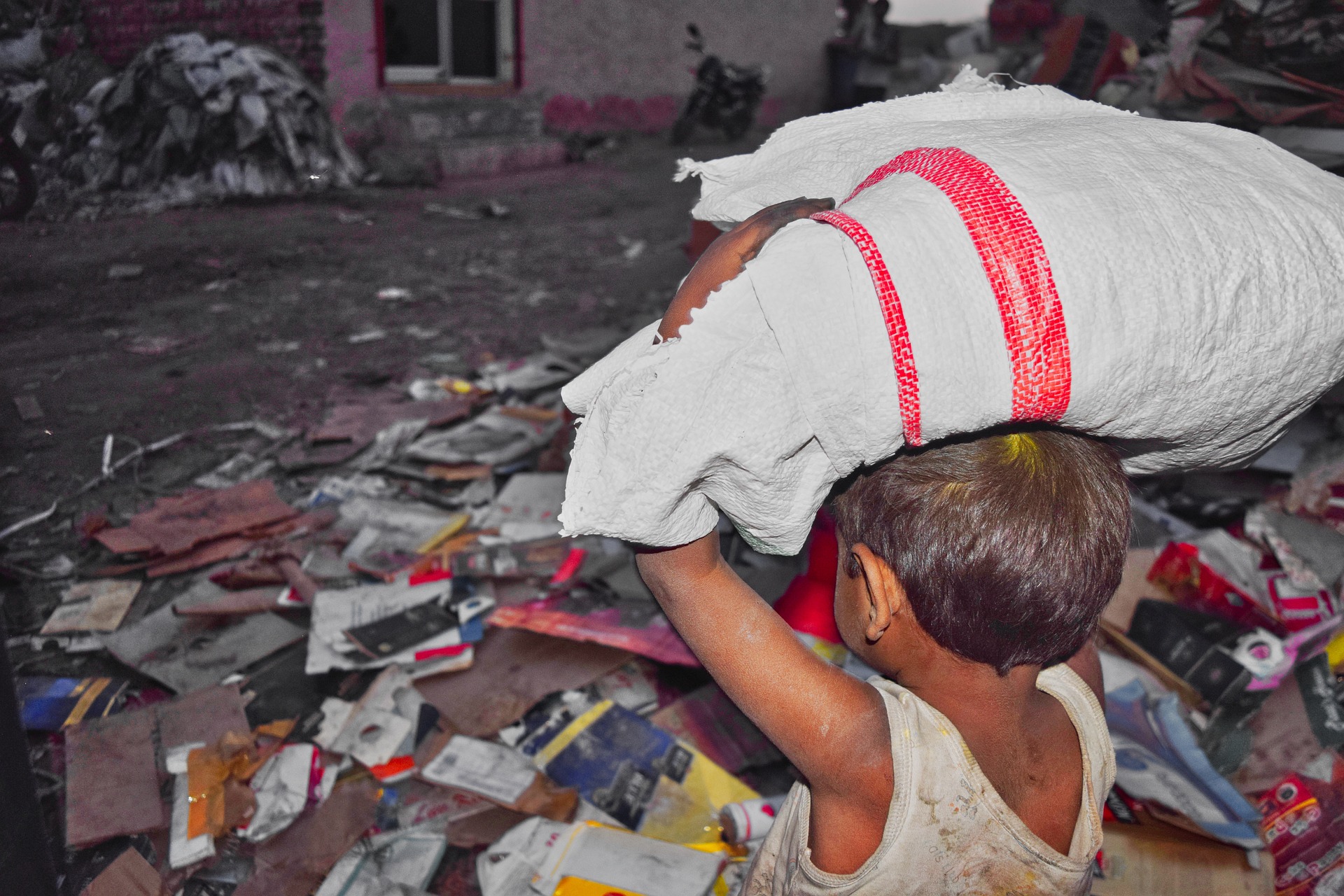A great way to prepare for your college essay is to purchase a professional sample from one of our experts and to study it closely in order to write your own masterpiece. Regardless of whether you need child labor essay examples or expert samples on any other topic today, you can find them somewhere on the internet or just order them from us.
By carefully studying a child essay labor example, you can avoid many common mistakes and learn how to properly structure your essay according to whatever the relevant academic format might be. It can be helpful to review a fully realized essay to guide you in the writing of your own academic paper. By using professional samples as references, you will fill your essay with confidence, excellent quality, and a flawless conclusion.
Creative Ideas for Child Labor Essays 2023
- Unweaving the Chains: A 21st Century Examination of Child Labor
- How Tech Industry Contributes to Ending Child Labor
- Child Labor and the Industrial Revolution
- Children and Families Affected by Child Labor
- The Past and Present of Child Labor and Its Consequences
- The Spiraling Impacts of Poverty on Children’s Rights: Sinkhole Exploration
- ‘Made By Little Hands’: An In-depth Analysis of Child Labor in Clothing Industries Worldwide
- ‘Kicks and Candy’: The Ugly Truth about the Sports and Chocolate Sectors
- Prohibition of Child Labor in LDCs
- The Globalization of Child Labor and the Movement of People from Developing Countries
- Educational Infrastructure & Policy Gaps Promoting Child Labor: Case Study Review from Developing Nations
- Child Artists or Exploited Talent? The Reality Behind the Entertainment Industry
- From Picking Graves to Brave Hearts – How Far Have We Come Fighting for Laws Against Child Labor?
- Summary of Research on Child Labor in Developing Countries
New Expert Sample for Essay on Child Labor
How the United States Abolished Child Labor
Introduction
While modern federal laws restrict the number of hours that children are allowed to work, the United States once allowed children to work for 14 or more hours a day. Instead of going to school, children worked for their parents all day or labored in textile mills. Later regulations were difficult to enforce, allowing companies to continue exploiting their workers (Wood, 2020). After the Great Depression and major cultural shifts, the United States finally outlawed child labor, freeing children from the burden of supporting their families.
The Origins
Child labor dates all the way back to the 1800s, when the lack of state and federal laws allowed employers to hire children as coal miners, farmers, newsboys, glassmakers and factory workers (“Child Labor in U.S. History,” n.d.). While some child laborers were paid, others were slaves that were forced to work in the fields and perform housework. In fact, the law regarded these children as property that their masters could sell any time (Wood, 2020). Factory owners preferred to hire children over adults because they were cheaper and easier to control (“Child Labor in U.S. History,” n.d.). As a result, union workers objected to child labor—not because they cared about the children but because they “stole” jobs from adult workers (Wood, 2020).
New Children’s Rights
Despite the benefits for factory owners, the United States gradually took steps to outlaw child labor. However, the states passed loose regulations that came with loopholes, allowing employers to keep exploiting children. For example, Massachusetts passed an 1842 law that limited children’s workdays to ten hours—fewer than fourteen hours or more but still excessive for child laborers. An earlier law required children under the age of fifteen to attend school for only three months per year (“Child Labor in U.S. History,” n.d.). These laws gave children a few rights but still made them part of the workforce.
The Turning Point
To avoid these regulations, companies moved to Southern states with fewer regulations on child labor. In fact, by 1900, children made up nearly a fourth of the South’s textile laborers (“Child Labor in U.S. History,” n.d.). Still, states and workers’ rights groups made a few advancements over the decades. In 1883, New York banned cigar making in tenements, which frequently involved child labor. Later, Democrats made banning child labor for workers under the age of fifteen part of their platform (“Child Labor in U.S. History,” n.d.). These advancements protected some children, but other states continued to exploit thousands of child workers.
The turning point came in 1904 when activists launched the National Child Labor Committee. However, activists didn’t focus on all children—instead, they presented images of white children working in the factories that Northerners decried as “white child slavery” (Wood, 2020). While Southerners claimed that child labor had advantages for poor families, committees and activists pressured the U.S. government to prohibit child labor. The first victory came in 1916 when Congress passed a law that “prohibited shipping products made with child labor across state lines” (Wood, 2020). Other attempts to strike down child labor until the 1938 Fair Labor Standards Act created federal regulations for child labor (“Child Labor in U.S. History,” n.d.). This law, which was part of President Roosevelt’s New Deal, outlawed child labor under the age of fourteen unless they worked for their parents (Wood, 2020). This freed thousands of children from the burden of factory work.
Conclusion
For decades, parents, factories and slave masters took advantage of child workers. Instead of focusing on every child’s well-being, earlier protests focused on white children and criticized child labor for taking jobs away from adults. States occasionally passed laws that had little regulation. Finally, cultural shifts and increased awareness on the issue led the federal government to pass a law abolishing corporate child labor, which allowed children to focus on education instead.
Works Cited
Wood, B. (2020, August 31). How Child Labor Ended in the United States. Retrieved February 25, 2022, from https://nationalinterest.org/blog/reboot/how-child-labor-ended-united-states-167858
Photo by billycm from Pixabay

Leave a Reply